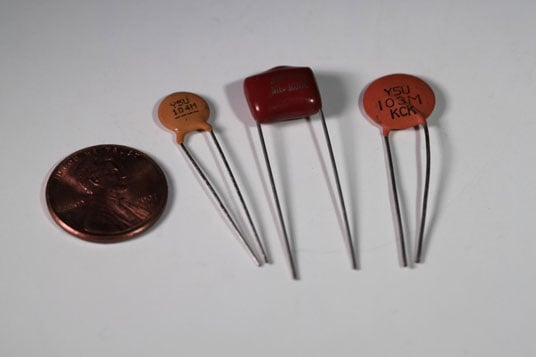Ceramic Diode With 3 Legs

A ceramic plaque with three bent legs and three wheat ears surrounding the head of medusa is widely known as the symbol of sicily.
Ceramic diode with 3 legs. Some of the special diodes arezener diode schottky diode varactor diode tunnel diode gunn diode light emitting diode led etc. Rs 12 3 3 iz iz pz vz 500mw 3 3v 151ma therefore rs 12 3 3 151 0 0576 57 ohms rs 60ohms approx applications of diode. For a 1n4728a zener diode the value of v z is 3 3v and p z is 500mw as mentioned in specifications above now with supply voltage vs of 12v the value of rs will be. Used in voltage protection circuits.
In italian we know it as trinacria three capes that is how the greeks named the island thousands of years ago when they circumnavigated the island for the first time and realized that it was shaped like a triangle. Integrated circuits are put into protective packages to allow easy handling and assembly onto printed circuit boards and to protect the devices from damage. A light emitting diode or led is a special type of diode that emits light when current passes through it. A schottky diode is formed between a semiconductor and a metal layer.
Standard signal this is the regular forward biased diode. You can try to find the longer leg which should indicate the positive anode pin. Transistors a transistor is a three terminal device in which a voltage applied to one of the terminals called the base can control current that flows across the other two terminals called the collector and the emitter. In general single diodes in 3 lead sm packages have no connection on the third pin.
Apart from schottky diode rest of the diodes are made by forming p type semiconductor to n type semiconductor. Zener operated in reverse biased to hold a constant voltage. Some package types have standardized dimensions and tolerances and are registered with trade industry associations such as jedec and pro electron. A very large number of different types of package exist.
The severity of the voltage drop is a function of the semiconductor material that the diode is made from. Led stands for light emitting diode which means that much like their diode cousins they re polarized there are a handful of identifiers for finding the positive and negative pins on an led. This is a fairly common practice in the industry. Look for legs on the side.
Or if someone s trimmed the legs try finding the flat edge on the led s outer casing. I don t have a solid answer as to why they do this but will share a few possibilities for debate. Small signal used for applications with a much smaller current but with much more accuracy.


















